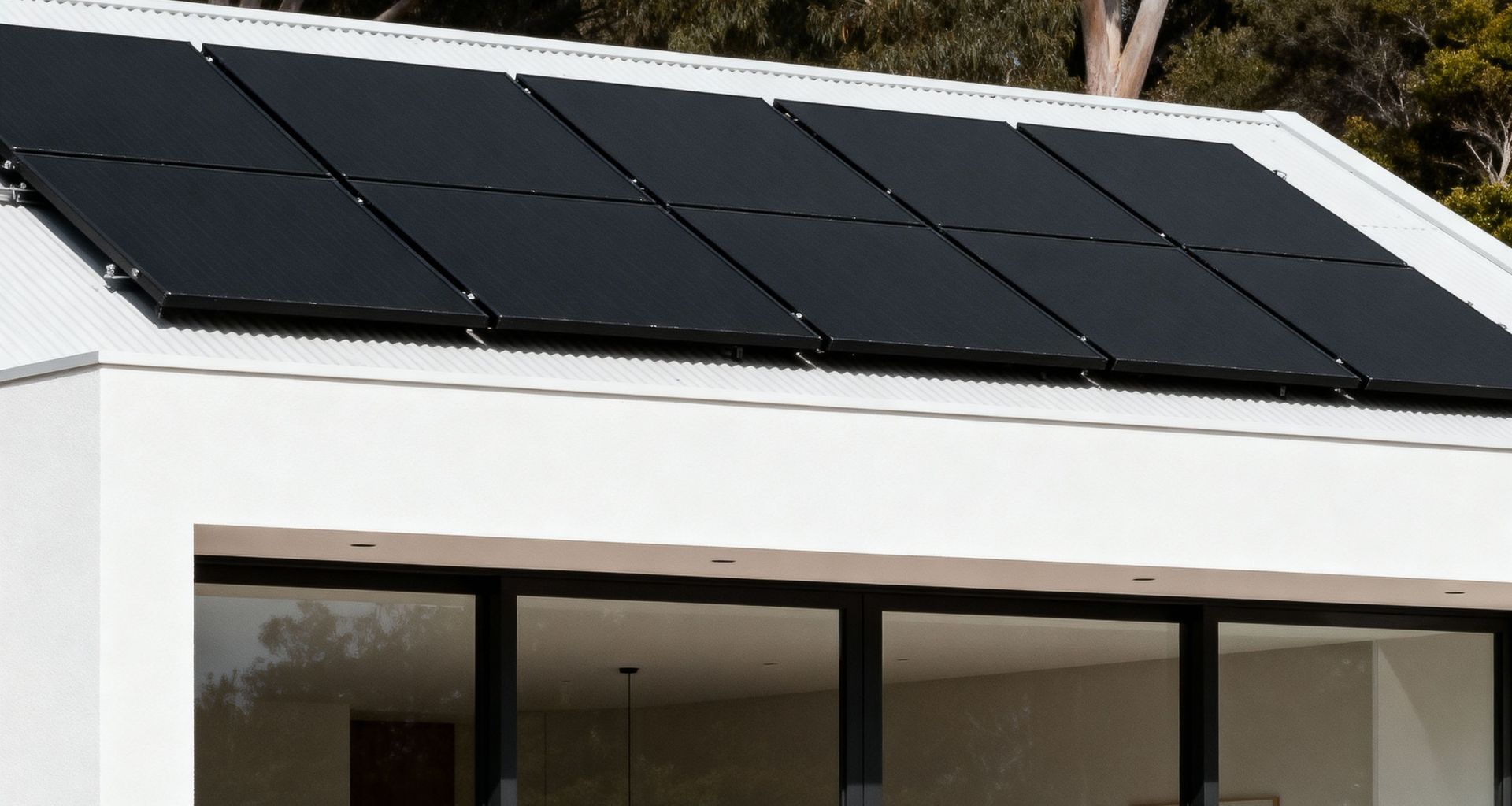What you need to know about solar inverters for your home
Written by
06 November 2025
•
3 min read

Solar power is being used and installed across more and more homes in New Zealand, yet many users don’t understand how their systems work. With over a decade of experience helping Canterbury homeowners harness the energy of the sun, SolarCorp is dedicated to simplifying solar through high-performance, proven technology.
“We’ve helped customers save around 65 per cent on their power bills year-round, and that’s actually quite conservative,” shares Andrew Kitson, Microinverter Specialist at SolarCorp.
One of the most important choices when installing solar is the type of inverter, the core component that converts sunlight into usable power for your home.
“If you imagine those panels that you’ve got on your roof, they’re all hooked together, generating DC electricity, which comes down to that inverter inside the house, and that inverter turns it into AC electricity, which is usable by the house.”
Choosing the right inverter for your home
String inverters
Traditional solar power systems use a single large inverter, typically installed inside the house. All panels are connected in a string format, meaning that if one panel underperforms, the system’s overall performance drops. String inverters can also carry high DC voltages, increasing the potential for safety hazards.
“Historically, it’s been a cheaper way of doing it because you’ve only got one inverter. Although electrically, it’s more expensive to do it because of the required DC, and there is a greater fire risk,” says Andrew.
Microinverters
Microinverters remove the potential for shading or faults on one panel to impact the rest of the system by each panel having its own small inverter mounted underneath, converting DC to AC power directly on the roof. They also operate at a much lower voltage, making the system significantly safer.
“What we’re offering by using microinverters is a very safe system that allows for individual operation of the panels, so you’re really optimising the overall generation.”
Why SolarCorp uses microinverters
- Safety: Lower DC voltage means significantly reduced fire risk.
- Performance: Each panel operates independently for maximum energy generation.
- Monitoring: Homeowners can view real-time data and system performance from each panel.
- Scalability: Panels can be easily added later, even on different roof sections or orientations.
- Reliability: If one inverter fails, the rest of the system continues running normally.
Microinverters: Enhanced reliability and efficiency
While there is often the belief that microinverters have more components to fail, the opposite is true.
“If something did go wrong, it’s only going to be affecting the one unit, as opposed to affecting all units and taking the whole system down,” explains Andrew. “The likelihood of something going wrong is far less with microinverters than it has been shown to be with string inverters.”
By using dual microinverters (two inverters in one unit), SolarCorp not only offers a system with enhanced reliability, but also reduces installation time and, in turn, the cost for homeowners.
“It’s about making sure people are informed and confident they’ve made the right call at the end of the day.”
Explore your options and learn how SolarCorp can help you make the switch to smarter solar.